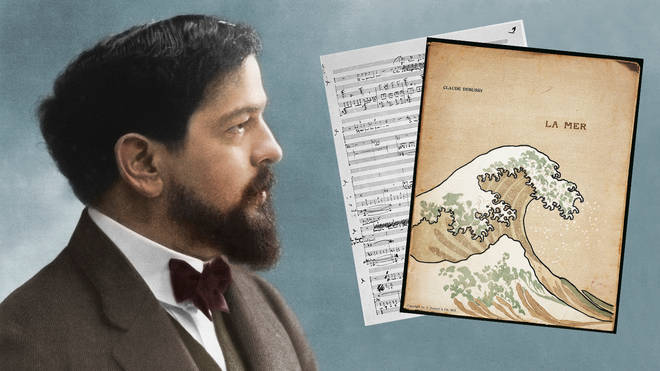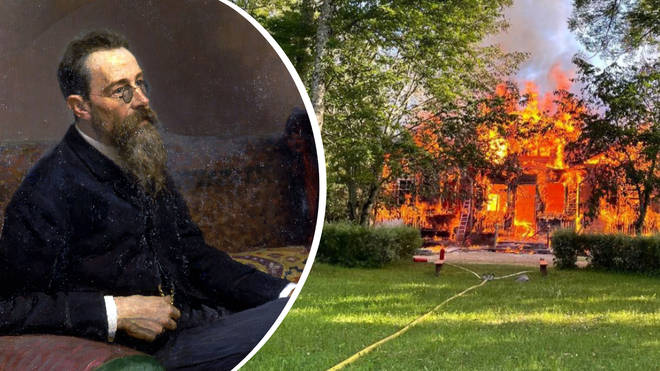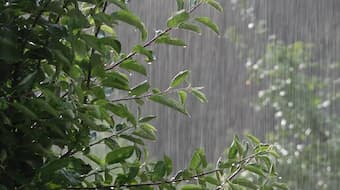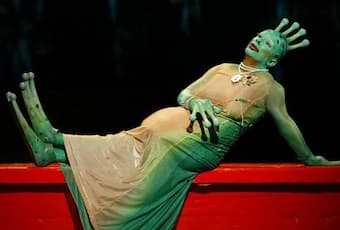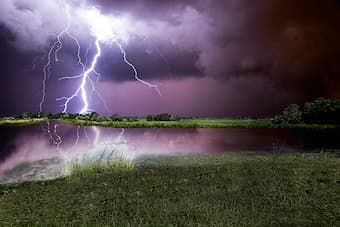Jean-Philippe Rameau, (baptized September 25, 1683, Dijon, France—died September 12, 1764, Paris), French composer of the late Baroque period, best known today for his harpsichord music, operas, and works in other theatrical genres but in his lifetime also famous as a music theorist.
Rameau’s father, Jean, played the organ for 42 years in various churches in Dijon and hoped one day to see his son on a lawyer’s, rather than an organist’s, bench. These hopes were dashed by the boy’s deplorable performance in school. At the age of 17 he is said to have fallen in love with a young widow who laughed at the errors of grammar and spelling in his letters to her. He tried to refine his language, but, to judge by the prolixity of his later theoretical writings, his efforts resulted in no permanent improvement. At the age of 18, after deciding to pursue a musical career, he traveled to Italy but seems to have gotten no farther than Milan. The following year, he received the first of a series of appointments as organist in various cities of central France: Avignon, Clermont, Dijon, Lyon. There was a brief interlude in the capital, but apparently Paris did not take an immediate fancy to the provincial organist, in spite of his having published there a fine suite of harpsichord pieces in A minor, Premier livre de pièces de clavecin (1706). These works show the beneficial influence of Louis Marchand, a famous organist-harpsichordist of the day whose playing Rameau greatly admired.
ITANNICA QUIZ
Composers & Their Music
Crazy for classical music? Compose yourself and find out how much you know about Handel, Mozart, Dvorák, and more.
Back in Clermont by 1715, Rameau rashly signed a contract to be cathedral organist for 29 years. He then settled down to investigate, in an exhaustive and highly original manner, the foundations of musical harmony. He attacked traditional theory on the ground that “The Ancients,” who to Rameau included such relatively recent writers as the 16th-century Italian Gioseffo Zarlino, “…based the rules of harmony on melody, instead of beginning with harmony, which comes first.” Intuitively basing his studies on the natural overtone series, he arrived at a system of harmony that is the basis of most 20th-century harmony textbooks. Finally published in Paris in 1722, his impressive Traité de l’harmonie (Treatise on Harmony) brought him fame at last and a yearning to return to the capital.
Authorities in Clermont were loath to let him go, and the story of his release reveals, as do his own writings and other evidence, something of his thorny personality, his persistence, and his single-mindedness. At an evening service he showed his displeasure with the church authorities by pulling out all the most unpleasing stops and by adding the most rending discords so that “connoisseurs confessed only Rameau could play so unpleasingly.” But, after his release from the contract, he played with “so much delicacy, brilliance, force and harmony, that he aroused in the souls of the congregation all the sentiments he wished, thereby sharpening the regret with which all felt the loss they were about to sustain.”
Get a Britannica Premium subscription and gain access to exclusive content.
Subscribe NowUpon his return to Paris, where he was to remain for the rest of his life, Rameau began a new and active life. A second volume of harpsichord pieces, Pièces de clavecin avec une méthode sur la mécanique des doigts (1724; “Harpsichord Pieces, with a Method for Fingering”), met with considerably more success than the first, and he became a fashionable teacher of the instrument. A commission to write incidental music for the Fair theatres planted the seeds of his development as a dramatic composer, and the display of two Louisiana Indians at one of these theatres in 1725 inspired the composition of one of his best and most celebrated pieces, Les Sauvages, later used in his opéra ballet Les Indes galantes (first performed 1735). The following year, at the age of 42, he married a 19-year-old singer, who was to appear in several of his operas and who was to bear him four children.
His most influential contact at this time was Le Riche de la Pouplinière, one of the wealthiest men in France and one of the greatest musical patrons of all time. Rameau was put in charge of La Pouplinière’s excellent private orchestra, a post he held for 22 years. He also taught the financier’s brilliant and musical wife. The composer’s family eventually moved into La Pouplinière’s town mansion and spent summers at their château in Passy. This idyllic relationship between patron and composer gradually came to an end after La Pouplinière separated from his wife, and Rameau was replaced by the younger, avant-garde composer Karl Stamitz. Meanwhile, however, admittance to La Pouplinière’s circle had brought Rameau into contact with various literary lights. Abbé Pellegrin, whose biblical opera Jephté had been successfully set to music by Rameau’s rival Michel de Montéclair in 1732, was to become Rameau’s librettist for his first and in many ways finest opera, Hippolyte et Aricie. It was first performed in the spring of 1733, at La Pouplinière’s house, then, in the autumn, at the Opéra, and in 1734 it was performed at court. André Campra, perhaps the most celebrated French composer of the time, remarked to the Prince de Conti: “My Lord, there is enough music in this opera to make ten of them; this man will eclipse us all.”
To some ears there was, indeed, too much music. Those who had grown up with the operas of Jean-Baptiste Lully were baffled by the complexity of Rameau’s orchestration, the intensity of his accompanied recitatives (speechlike sections), and the rich and often dissonant diversity of his harmonies. Rameau himself, however, professed his admiration for his predecessor in the preface to Les Indes galantes, in which he praised the “beautiful declamation and handsome turns of phrase in the recitative of the great Lully,” and stated that he had sought to imitate it, though not as a “servile copyist.” Indeed, almost everything in Rameau’s operas has, at least technically, a precedent in Lully. Yet the content of his works, the rich dramatic contrasts, the brilliant orchestral sections, and, above all, the permeating sensuous melancholy and languorous pastoral sighings, put him in a different world: in short, the Rococo world of Louis XV.
Among those at the first performance of Hippolyte was the great Voltaire, who quipped that Rameau “is a man who has the misfortune to know more music than Lully.” But he soon came around to Rameau’s side and wrote for him a fine libretto, Samson, which was banned ostensibly for religious reasons but really because of a cabal against Voltaire; the music was lost. Their later collaboration on two frothy court entertainments is preserved, however: La Princesse de Navarre and Le Temple de la Gloire (both 1745). The former was condensed and revised as Les Fêtes de Ramire (1745) by Jean-Jacques Rousseau.
Rousseau, Jean Le Rond d’Alembert, and other writers associated with Denis Diderot’s Encyclopédie began as ardent Rameau enthusiasts, but, by the mid-1750s, as they warmed more and more to Italian music, they gradually turned against him. Rameau appreciated the new Italian music as much as anyone, but the works he composed in this style, such as the overtures to Les Fêtes de Polymnie (1745) and to his final work, Abaris ou les Boréades (1764), do not bear the mark of individuality.

New from Britannica

Dung beetles are the only animals known to navigate using the stars of the Milky Way. They use the stars to roll their dung balls in a straight line at night.
See All Good FactsThe zenith of Rameau’s career may be said to have encompassed the brief span from 1748, when he tossed off the masterpiece Pygmalion in eight days and had six other operas on the boards, through 1754, when he wrote La Naissance d’Osiris (“The Birth of Osiris”) for the birth of the future Louis XVI. Thereafter, his fame diminished, as the prevailing musical style became what is now generally called “Classical.” The public preferred catchy tunes with simple harmonies to Rameau’s profound emotion and rich, late-Baroque harmony.
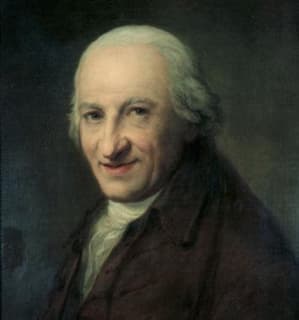
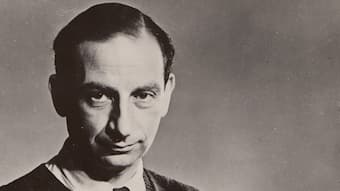




 New from Britannica
New from Britannica